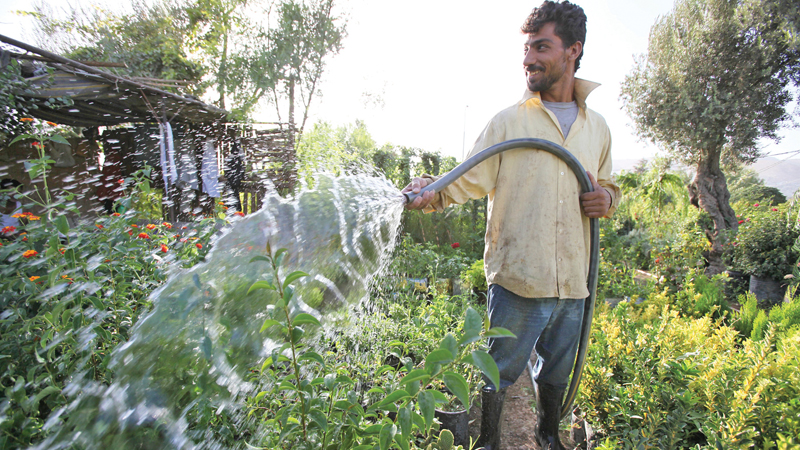The World Food Safety Day, celebrated every year on June 7, reminds us that ensuring universal access to sufficient amounts of safe food is key for sustainable development and wellbeing.
Subsistence foodstuff producers, who grow food for their family’s consumption with no or little surplus for sale, account for a significant share of the world’s food production and thus play a crucial role in the efforts to achieve food security.
Most of the world’s farms are smallholdings (84%) of less than two hectares and they contribute more to global food production than farms of any other size.
Farms of less than two hectares are responsible for between 28 and 31 per cent of the world’s crop production and between 30 and 34 per cent of the world’s food supply, while they cover around 24 per cent of the world’s harvested area.
Smallholdings have greater cropping intensity or higher yields than larger farms because they are the ones allocating the largest share of their crops (between 55 and 59 per cent) to food. Although many smallholdings are market-oriented, many others are devoted to subsistence farming.
The prevalence of subsistence agriculture is often associated with a low level of development and a high poverty rate. Although small subsistence farms can achieve good yields, they rely on traditional labour-intensive techniques, which manifests in reduced labour productivity.
Subsistence agriculture is also typically linked with limited capital resources, reduced value added, constraints to organisation, voice and representation, and a strong vulnerability to climate risks and pests.
In this sense, improving access to markets and credit of subsistence farmers is often seen as a driver of sustainable development, but designing effective policies and conducting impactful research in this regard requires solid, timely, and reliable statistics on subsistence farmers and their production.
Up to 2013, the international definition of employment covered not only people working for pay or profit, but also people doing some types of own-use production work (such as subsistence farming) and other types of unpaid work.
Thus, it was very difficult, if not impossible, to distinguish subsistence farmers from paid workers and analyse their separate characteristics consistently and coherently. Luckily, in 2013, the 19th International Conference of Labour Statisticians (ICLS) adopted the Resolution concerning statistics of work, employment and labour underutilisation which refined the definition of employment to refer only to work for pay or profit and introduced a forms-of-work framework with five forms of work (own-use production work, employment, unpaid trainee work, volunteer work, and other work activities), thus enabling and promoting the separate measurement of participation in different forms of work and the situation of the people involved.
The impact of this resolution on key labour market indicators can be assessed with this visualisation tool. To date, well over 120 countries have implemented the 19th ICLS standards in their core official source of labour statistics (typically, the Labour Force Survey).
The 19th ICLS resolution also defined subsistence foodstuff producers as all those who did some work to produce foodstuff from agriculture, fishing, hunting or gathering to contribute to the livelihood of the household or family (excluding recreational or leisure activities), recognising that they constitute an important subgroup of people in own-use production work for policymakers and analysts.
Thanks to these improved international statistical standards, we can now know more about subsistence foodstuff producers, their prevalence, their characteristics, and their (simultaneous) participation in employment.
Although well over 120 countries have already implemented the 19th ICLS resolution, the very small prevalence of subsistence foodstuff production in many of them (particularly high-income countries) implies that reliable estimates on this activity are not available for every country having applied these standards.
Data available for 35 countries shows great variability in the prevalence of subsistence foodstuff production around the world. The share of the working-age population participating in this activity (whether having also a paid job or not) ranges from less than 5 per cent in some countries (such as Comoros and Madagascar) to more than half in others (such as Malawi, Nepal, Niue, and Vietnam).
This wide variability across countries reflects the diversity of local contexts but may also be influenced by differences in survey questionnaire design and the operational criteria used to measure subsistence foodstuff production.
The unweighted average across these 35 countries indicates that around 26 per cent of the working-age population participate in subsistence foodstuff production, highlighting the centrality of this activity for people’s livelihoods in many contexts.
Unsurprisingly, evidence confirms that subsistence foodstuff production is more prevalent in rural areas. The participation rate in subsistence foodstuff production is higher in rural areas than in urban ones in all countries with data except for one (Comoros, where the difference is minimal).






